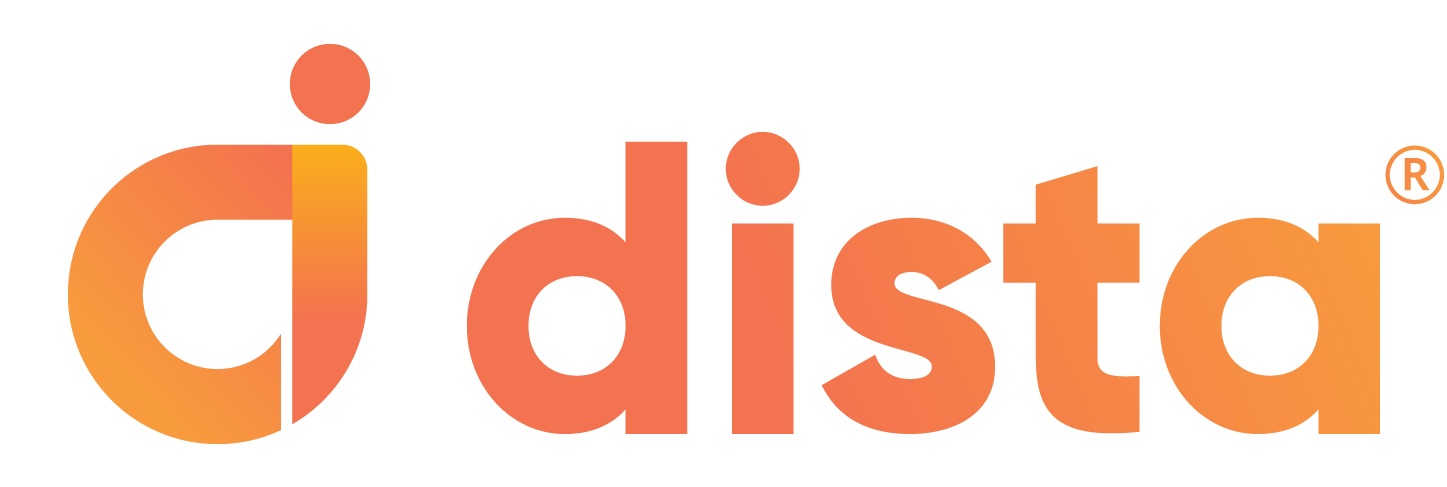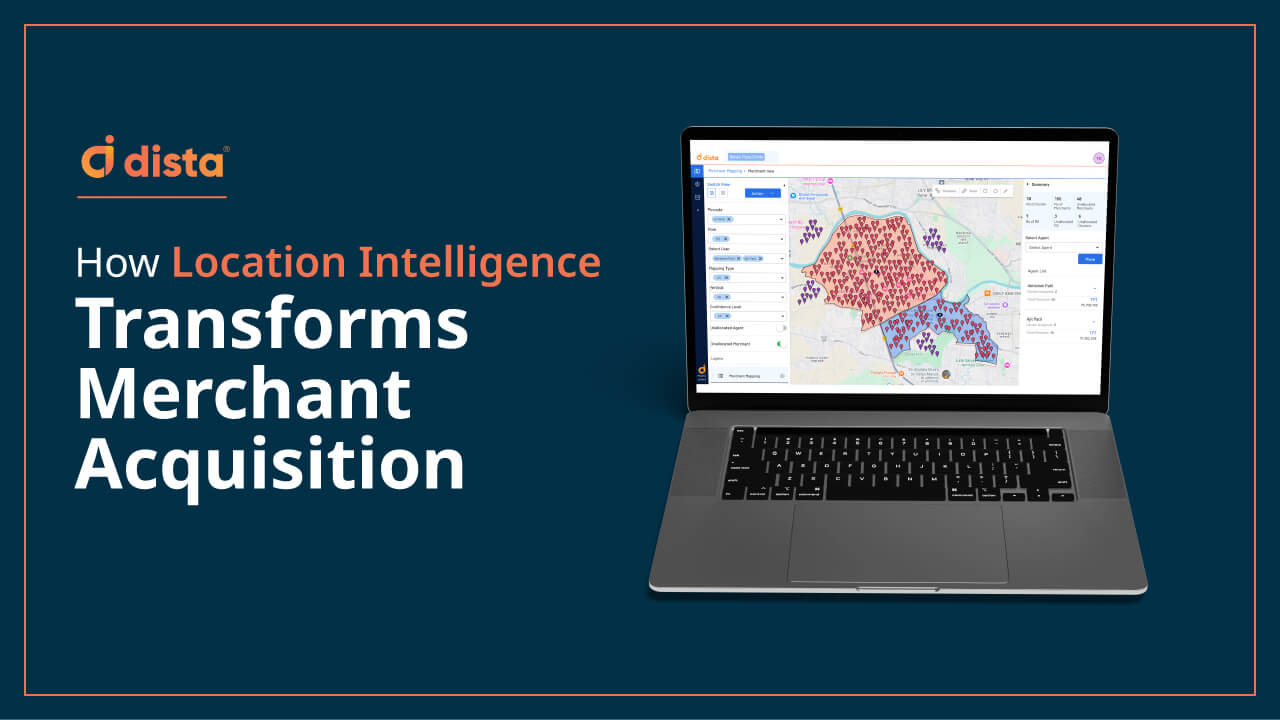Field collection agents are the backbone of the debt recovery process. Whether serving a major bank or an NBFC, these teams operate under constant pressure to meet daily targets, manage account allocations based on Days Past Due (DPD) buckets, respond to pledge-to-pay (P2P) promises, and cover borrower locations often spread across wide geographies. When routes aren’t optimized, contact details are outdated, or there’s no visibility into ground activity, even the most dedicated agents struggle to stay productive.
According to the Reserve Bank of India, overall delinquency rates in India hover around 3%, combining Gross Non-Performing Asset (GNPA) figures from banks (approximately 2.3–2.5%) and NBFCs. This means every small improvement in field agent productivity can have a direct impact on recovery rates and help reduce NPAs. With smarter planning, real-time visibility, and better data access, field agents can cover more ground, close more cases, and build stronger borrower relationships, especially in rural and semi-urban areas where physical outreach remains essential.
This blog explores how the right location intelligence boosts field collection agent productivity and improves recoveries.
What’s Slowing Down Field Collection Agent Productivity?
Field collection agents often experience disorganized schedules that lead to delayed borrower engagement, missed collection case visits, and wasted efforts on poorly prioritized accounts.
Here’s a closer look at the challenges they face on the ground:
1. Inefficient Planning & Scheduling
Field collection agents are often expected to manage high daily volumes of cases. Vague customer addresses, no structured route plan, and unclear task priorities leave agents spending more time navigating than engaging with borrowers.
2. Suboptimal Routing
In the absence of intelligent routing, agents spend significant time commuting between scattered locations. This reduces the number of daily visits, increases fatigue, and directly impacts recovery rates and overall productivity.
3. Poor Case Prioritization
Manual task assignments often result in unbalanced workloads. Important cases may be unintentionally delayed, while agents might focus on lower-impact visits simply due to convenience or location—leading to missed opportunities.
4. Limited Manager Visibility
Without real-time tracking tools, managers are left without visibility into agent activity or progress. This lack of insight makes it difficult to respond to delays, reassign tasks, or maintain consistent field coverage.
5. Tedious Manual Tasks
Agents frequently end their workday with administrative tasks, such as logging visit status or updating remarks manually. These efforts are time-intensive, prone to inaccuracies, and take away from high-value field engagement time.
6. Limited Borrower Information
Productive field interactions depend on having the right borrower insights. Without access to payment history, communication records, or risk profiles, agents struggle to tailor their approach making interactions less effective.
How Location Intelligence Drives Field Collection Agent Productivity?
Many leading banks and NBFCs are already using location-based tools to support their field collections, but these solutions often fall short when it comes to improving productivity. Most offer only basic tracking or static maps, lacking critical features like intelligent task allocation, dynamic routing, and comprehensive borrower insights. As a result, collection agents continue to face delays, visit inefficiencies, and limited coordination, keeping their productivity below expectations.
1. Field Force Orchestration
Managing a large field team manually often leads to gaps like missed visits, delayed follow-ups, and uneven workloads. Location intelligence solves this by adding a crucial layer of visibility and control. It helps banks and NBFCs assign the right agent to the right task, based on real-time location, availability, and customer proximity.
Location intelligence also offers real-time visibility into field operations, thereby improving agent monitoring and boosting their daily performance. This real-time orchestration results in faster case resolutions, better resource utilization, and higher agent efficiency. The field collections team can track agent movement, optimize schedules, and cluster visits to reduce travel.
2. Case Assignment and Allocation
Handling high volumes of customer cases without a structured assignment process can overwhelm field collection teams, especially for banks and NBFCs managing lakhs of loan accounts. Location intelligence simplifies this with smart, proximity-based distribution. With Dista Collect, cases are assigned to agents based on optimized agency-to-agent mapping, loan type, DPD buckets, and customer priority (like PTP status).
The system ensures each agent receives a balanced load aligned with their location and capacity. This precision in allocation improves visit coverage, reduces idle time, and increases overall field collections efficiency.

3. Route Optimization
Inefficient travel is a major drain on field productivity. Without smart routing, agents often move back and forth, wasting time and fuel. Location intelligence solves this by generating optimized travel routes that consider distance, traffic, and case urgency. With Dista Collect, route planning is automated and dynamic. Agents receive a daily schedule with a pre-mapped path that minimizes travel time and maximizes visits.
If a visit is rescheduled or canceled, the system instantly reorders the route. This ensures agents spend less time navigating and more time interacting with customers, leading to better time management, increased customer coverage per agent, and a noticeable boost in on-ground efficiency for Banks & NBFCs.
4. Unified Collections Management
Banks and NBFCs often rely on fragmented systems for collections, leading to poor coordination and slow recovery efforts. Location intelligence unifies everything on a single platform. With Dista, institutions manage the entire collections lifecycle from pre-due reminders and field visits to settlements and closures in one place. Field agents, managers, and central teams operate on the same system with shared visibility and real-time updates.
A leading private sector bank used Dista Collect to automate and optimize their field collections, achieving a 33% increase in agent productivity and faster loan recoveries. This centralized approach reduces delays in case assignment, improves communication, and ensures a more structured and accountable collections process, leading to faster decision-making and better compliance.

5. Customer 360° Profiles
Field collection agents are more effective with context. Without access to full customer histories, visits can be unproductive or misinformed. End-to-end debt collections platform provides agents a complete view of each customer before every interaction.
Using Customer 360° profiles, agents see repayment history, delinquency risk, contact notes, and visit outcomes. This insight helps them tailor their approach, whether negotiating a settlement or escalating a case. For banks and NBFCs, this means more meaningful conversations, better borrower engagement, higher success rates in the field, fewer repeated visits, and faster case closures.

6. Real-Time Visibility and Monitoring
Many banks and NBFCs struggle to track field collection agents’ progress or respond to delays once agents are on the road, leading to missed visits and slower collections. Location intelligence fills this gap by giving managers a live window into field activity.
By using Dista Collect, the field collections team can view agent locations, visit statuses, and route progress in real-time. If an agent gets stuck, misses a visit, or needs reassignment, the system allows for quick decision-making and course correction. This level of visibility helps enforce compliance, improve accountability, and support better planning, building trust between field and back-office teams.
7. Visit Compliance
Incomplete visits, missed appointments, or manual reporting errors reduce field collection agent effectiveness and recovery rates. For banks and NBFCs, maintaining strict visit compliance is crucial for improving productivity. Location first debt collections platform makes this possible with real-time verification and tracking. Every visit is geo-tagged and time-stamped, ensuring agents reach the customer location.
The platform instantly logs visit duration, customer interaction details, and task status, eliminating the need for manual logging. With clear visit expectations and automatic tracking, agents become more accountable and focused, leading to better time management, fewer missed opportunities, and higher task completion rates, ultimately driving stronger field performance.
Why Banks and NBFCs Trust Dista Collect to Boost Field Agent Productivity
Boosting field collection agent productivity isn’t just about location tracking, it requires the right debt collection software enabling smarter planning, faster execution, and more successful borrower interactions. That’s where Dista Collect stands apart. Designed specifically for end-to-end collections, it provides intelligent task allocation, optimized routes, geo-tagged visit validation, and comprehensive borrower profiles, everything agents need, all in one platform.
With Dista Collect, agents spend less time figuring out where to go and more time engaging with borrowers. Managers gain clear visibility into field activity, enabling better support and faster decision-making. In one real-world use case, an NBFC reported that their collections team experienced a 230% increase in customer visits thanks to automated routing and smarter task design.
Ready to empower your field team? Explore Dista Collect and unlock a new level of field productivity today.






